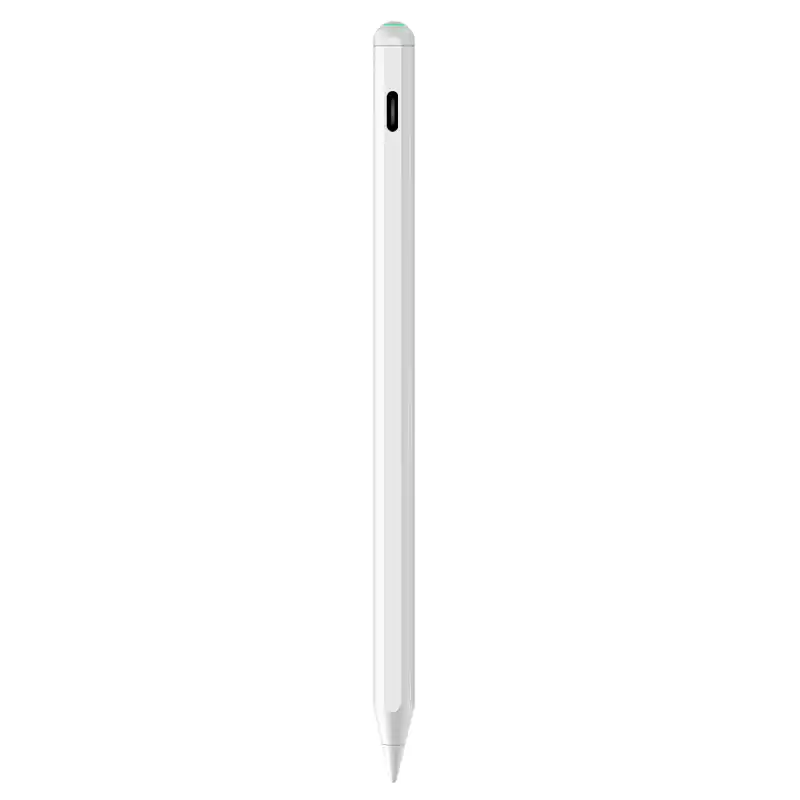Stylus Pen vs. Finger Touch: Which One is Better for Precision?

In today’s digital world, touchscreens have become an essential part of our daily lives. Whether you're using a smartphone, tablet, or touchscreen laptop, the way you interact with your device impacts your productivity and overall experience. While most users rely on finger touch for navigation, the stylus pen has gained popularity for its precision and convenience. But which one is better? Let’s explore the key differences and find out.
Accuracy and Precision
When it comes to accuracy, the stylus pen clearly outperforms finger touch. A stylus allows for finer movements, making it ideal for drawing, writing, and other detailed tasks. Artists and designers prefer using a stylus because it mimics the precision of a real pen, providing control over strokes and shading. In contrast, fingers are larger and less precise, often leading to inaccurate selections and accidental taps.
Ease of Use
Finger touch is undoubtedly more natural and intuitive, especially for casual users. Swiping, tapping, and pinching to zoom feel effortless with fingers, making it an excellent choice for everyday browsing and social media use. On the other hand, a stylus pen requires some practice, particularly if you’re using it for handwriting or digital art. However, once mastered, a stylus offers superior control and a smoother user experience.
Writing and Note-Taking
For students and professionals who take digital notes, the stylus pen is a game-changer. It allows users to write neatly, highlight text, and annotate documents effortlessly. Many apps, such as OneNote and GoodNotes, are designed to enhance the stylus experience, offering features like pressure sensitivity and palm rejection. Finger touch, however, lacks the precision needed for writing, often making notes look messy and unorganized.
Gaming and Productivity
While finger touch is suitable for most mobile games, a stylus pen provides an advantage in precision-based games, such as strategy or puzzle games. Additionally, for professionals working in fields like graphic design, architecture, and engineering, a stylus helps improve workflow by allowing detailed sketches and annotations. If your work involves frequent touchscreen interactions, a stylus can enhance your productivity significantly.
Ergonomics and Comfort
Using a stylus pen reduces strain on your fingers and wrists, making it a comfortable option for extended use. This is especially beneficial for individuals who frequently type, draw, or sign documents on touchscreens. Conversely, using fingers for prolonged periods may lead to fatigue, particularly for tasks requiring precision.
Which One Should You Choose?
The choice between finger touch and a stylus pen depends on your needs. If you primarily use your device for browsing, texting, and general navigation, finger touch is sufficient. However, if you need precision for tasks like note-taking, drawing, or professional work, investing in a stylus pen is a smart decision.
Conclusion
Both finger touch and stylus pens have their unique advantages, but when it comes to precision, the stylus pen is the clear winner. Whether you’re an artist, student, or professional, having a reliable stylus can significantly improve your digital experience. If you’re looking for high-quality stylus pens, check out Star Phones, where you can find a variety of options to enhance your touchscreen experience.
- Art
- Causes
- Crafts
- Dance
- Drinks
- Film
- Fitness
- Food
- Games
- Gardening
- Health
- Home
- Literature
- Music
- Networking
- Other
- Party
- Religion
- Shopping
- Sports
- Theater
- Wellness


